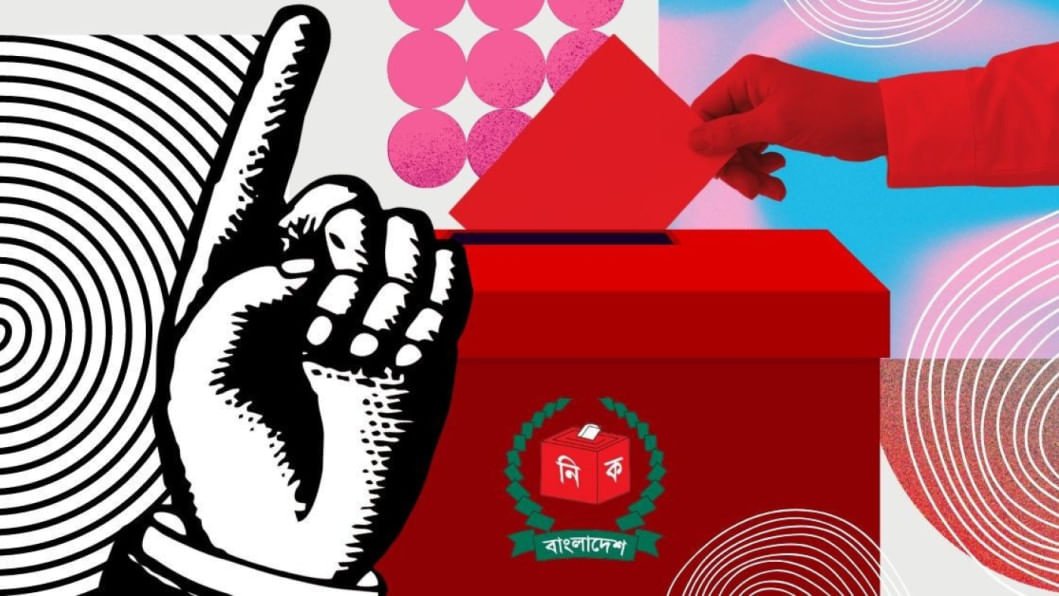In Bolivia, the initial phase of the national election held on August 17 led to a unique second round of voting, marking a significant shift in the country’s political landscape. Rodrigo Paz, a centrist candidate, secured the top spot with 32 percent of the votes, followed by former president Jorge “Tuto” Quiroga at around 27 percent. The election rules mandate a clear victory with either 50 percent plus 1 vote or 40 percent with a 10-point lead. Notably, nearly 20 percent of ballots were null or blank, serving as a form of protest but were still counted transparently. The voting process was peaceful compared to regional standards, preliminary results were accepted, and preparations were made for the decisive second round.
Several key strategies shaped this electoral experience. Firstly, Bolivia adopted a two-step approach by separating a swift preliminary count from the official tally, ensuring final certification within days while making preliminary data publicly available on the same night through the official OEP’s SIREPRE portal. This system streamed real-time preliminary results and was openly tested before the election day. Secondly, the authorities welcomed extensive international oversight, with the European Union deploying approximately 120 observers and the OAS mission providing a preliminary assessment on the same day. Thirdly, the law’s requirement for a runoff ensures that the eventual winner garners broad legitimacy rather than a narrow majority.
In contrast, Bangladesh’s recent parliamentary elections in January 7, 2024, faced severe criticism as the principal opposition boycotted the polls, and they were deemed “not free or fair” by Washington. The official turnout barely exceeded 40 percent, reflecting widespread public disengagement. However, Bangladesh has an opportunity for reform with the National Consensus Commission (NCC) formed in February, which has facilitated agreements on significant constitutional and electoral reforms. The NCC’s efforts have focused on enhancing transparency and inclusivity, with discussions around key electoral processes and governance structures.
To improve Bangladesh’s electoral system, the NCC should prioritize radical transparency in result reporting, akin to Bolivia’s model, by establishing a public portal that displays real-time polling station results and ensures access for domestic observers and political party representatives. Additionally, inviting credible international scrutiny, as seen in Bolivia, can help prevent abuses and provide technical recommendations accepted by all parties. The NCC should also consider mechanisms to ensure a legitimate electoral process, such as exploring alternative voting systems or runoffs to enhance legitimacy and reduce manipulation risks.
Moreover, guaranteeing neutrality during the election period is crucial, whether through a caretaker government or equivalent neutral administration, with clear mandates and transparent processes for election officials. By implementing enforceable rules based on lessons learned from Bolivia and focusing on transparency, neutrality, and legitimacy, Bangladesh can set the stage for a more credible and inclusive electoral process in the future.

